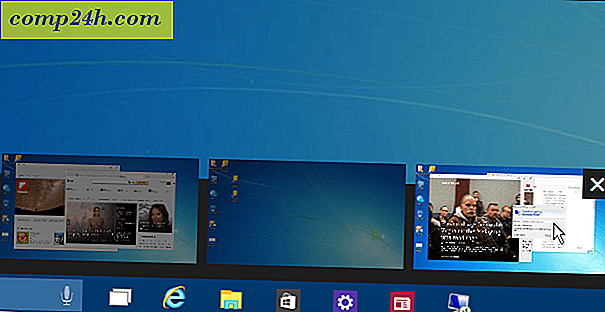
Alternatively, you can just drag and drop the window into any one of the open desktops. Right-click a window and then select “Move to” and choose the desktop where you want to put the window. Open the Task View pane, hover over the desktop and the open windows will appear at the top of the pane. You can easily switch between desktops by pressing either Windows Key + Ctrl + Left Arrow or Windows Key + Ctrl + Right Arrow. To switch between desktops, click the one which you want to open. Hover on the desktop which you want to open and at the top of the pane you’ll see a list of all the open windows on a particular virtual desktop. Open the Task View pane and you’ll see a list of all your open desktops at the bottom of the pane.

Alternatively, you can just press Windows Key + Ctrl + D and a new virtual desktop will appear on the screen. To add a new desktop, click where it says “New Desktop” at the bottom right of the Task View pane.

If you don’t have the Task View button on your Task Bar, you can press the Windows Key + Tab. To create a new virtual desktop, click the Task View button which is located, by default, next to Cortana in the Task Bar. For example, you might want one desktop for work and another one for gaming. This allows you to quickly locate and switch to any group of windows.

With more than one desktop, you have more space to group your related windows. There are many reasons you might want to use virtual desktops. This isn’t a big problem if you only have one or two open, but if you have 10 or 15 virtual desktops open, then it may take some time to find what you’re looking for. One drawback is that you can’t quickly go to a specific desktop without cycling through all of them.

You can create an unlimited number of virtual desktops quickly and then separate opened windows into groups. The multiple virtual desktop feature which comes with Windows 10 is quite helpful.


 0 kommentar(er)
0 kommentar(er)
